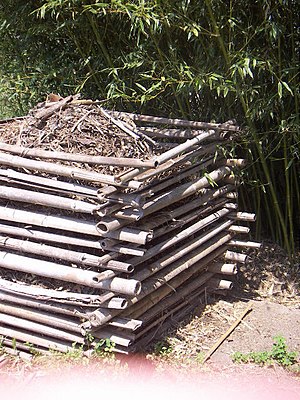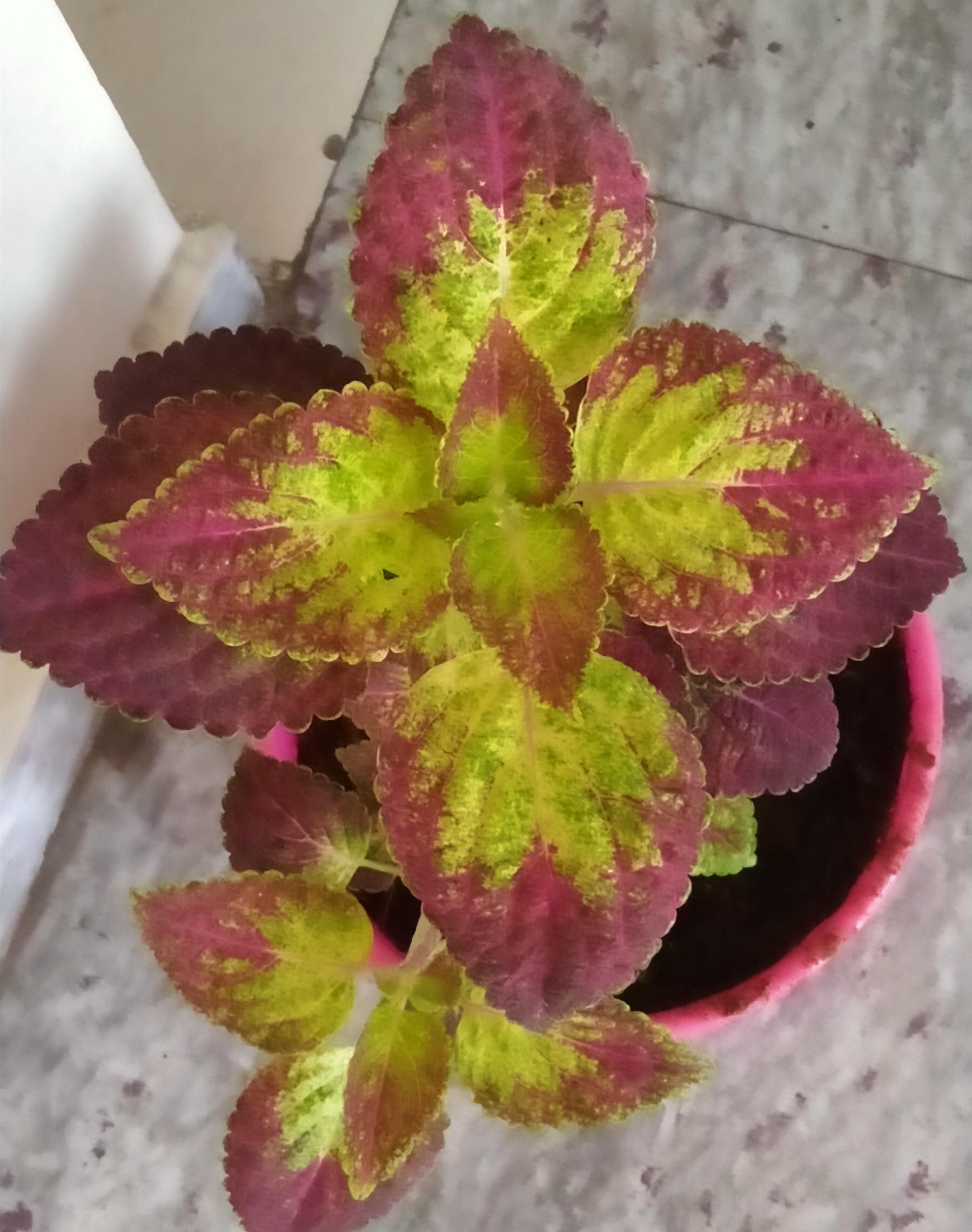As your garden comes to the end of its active growth and enters the fall season, you face a big cleanup to get things ready for planting when the weather warms up again. And probably even more important than that, some of your existing perennial plants will need to be protected through the winter and prepared for their new growing season in the spring. In fact, making the preparations that will protect your plants and help them survive until the following spring is absolutely paramount. You can combine this with cleaning up the rest of the garden, but if you do nothing else, at least you must get your more sensitive plants ready to survive the winter.
|
|
| A cycad plant with its leaves tied for some protection in winter. (Photo credit: Wikipedia) |
Some of your small evergreens, for example, should be wrapped in burlap. Cedars and junipers, dwarf conifers, and other evergreens that are cold sensitive, like holly, need protection from the cold wind and potentially glaring sun of winter. The evergreens that stand upright can have their branches tied together with plastic netting, to make sure they don't break off if there's a lot of snow. The netting will provide this security but still give the plant some room to breathe. Remember also that evergreens need a very good watering just before the winter, because the dry air of winter can dehydrate them.
Roses, too, need to be guarded against the cold weather. They should have any remaining foliage stripped off, and all organic material removed from the soil around them. If they are tall bushes, their main canes should be cut back to perhaps two or three feet in height, and should be tied together in a bundle. These plants, too, can be wrapped in burlap, though in somewhat warmer climates, it might be enough just to add about eight to twelve inches of extra soil or compost around the base of the bush, depending how tall the plant is.
In very cold growing zones, climbing roses and other tender varieties are given even more protection, by being buried right in the ground. They are cut back and bundled as other roses are, with an extra length of twine loose at the top, and then a trench is dug in the soil beside the plants. It is loosened and the bush is gently tipped over until it's lying in the trench, which is then carefully filled in with the previously removed soil, leaving the loose twine exposed so the bush can be found again in the spring. After the soil is well watered, a foot-thick layer of leaves (or a bag full of leaves) is placed on the spot. This keeps the roses protected until April, when the leaves are removed and the plant is retrieved.
|
|
| Mulched evergreen perennials in a shade garden. (Photo credit: Wikipedia) |
More general protection of plants that you need to overwinter in the garden can be provided by mulching. Put a layer about two inches thick around trees and shrubs, leaving perhaps an inch of clear space around the stems or trunks. Make the mulch from things like sawdust, peat moss, leaves, bark, or grass clippings. Once a month, through the winter, double check that there is moisture getting down to the soil underneath.
Of course it's important to get the garden cleaned up after a long summer of growing. However, it's even more important to make sure that the plants that will be with you again next summer are given a fighting chance for getting through the winter. Protect them properly, and when spring comes again, they'll be ready to serve as the basis for the new garden season.














